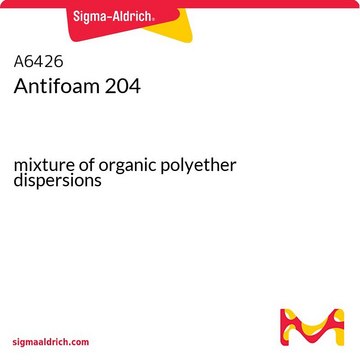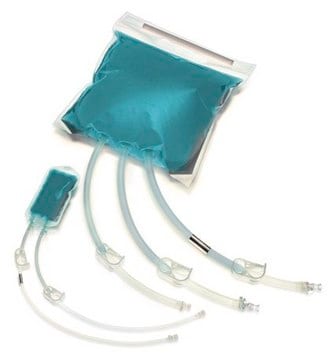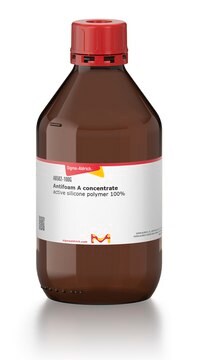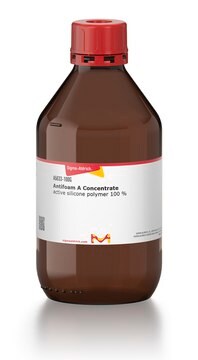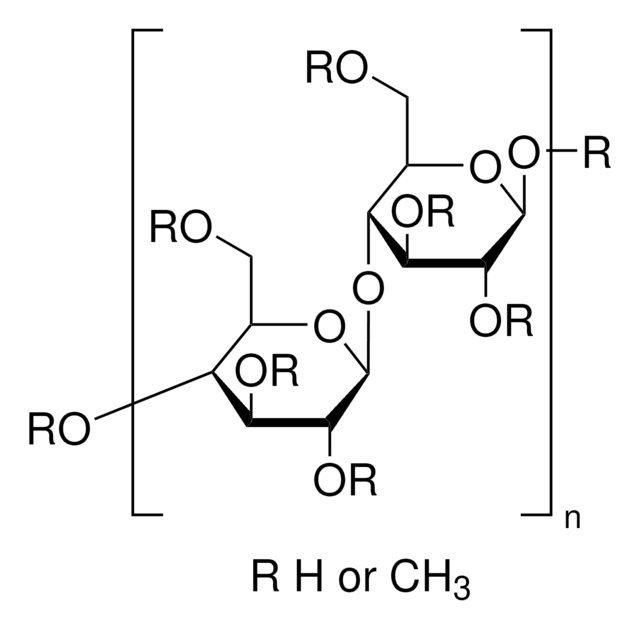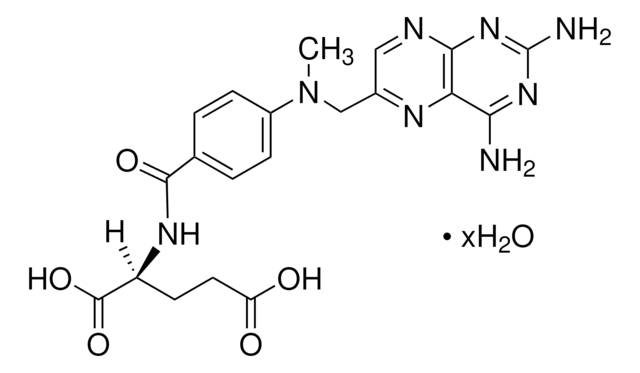A8011
Antifoam C Emulsion
aqueous-silicone emulsion
Sinônimo(s):
Antifoaming Agent Emulsion
About This Item
Produtos recomendados
fonte biológica
synthetic
forma
emulsion
contém
emulsifier
técnica(s)
cell culture | hybridoma: suitable
microbiological culture: suitable
pf
0 °C (32 °F)
Descrição geral
Aplicação
- as a supplement in RO-H2O and a chemically defined culture medium to determine volumetric mass transfer coefficient (kLa) of mammalian cell culture
- as a component of feed medium,
- as a steam-sterilized antifoaming agent in a biocontroller for pH-stat fed-batch cultivations
- as a supplement in fed batch medium to mimic the typical large-scale cultivation conditions
Características e benefícios
- Minimizes compatibility issues with biological systems
- Highly effective defoamer at low concentrations
- Highly effective and versatile silicone defoamer
Outras notas
Palavra indicadora
Warning
Frases de perigo
Declarações de precaução
Classificações de perigo
Eye Irrit. 2 - STOT SE 3
Órgãos-alvo
Respiratory system
Código de classe de armazenamento
10 - Combustible liquids
Classe de risco de água (WGK)
WGK 3
Ponto de fulgor (°F)
Not applicable
Ponto de fulgor (°C)
Not applicable
Equipamento de proteção individual
Eyeshields, Gloves, type ABEK (EN14387) respirator filter
Certificados de análise (COA)
Busque Certificados de análise (COA) digitando o Número do Lote do produto. Os números de lote e remessa podem ser encontrados no rótulo de um produto após a palavra “Lot” ou “Batch”.
Já possui este produto?
Encontre a documentação dos produtos que você adquiriu recentemente na biblioteca de documentos.
Os clientes também visualizaram
Nossa equipe de cientistas tem experiência em todas as áreas de pesquisa, incluindo Life Sciences, ciência de materiais, síntese química, cromatografia, química analítica e muitas outras.
Entre em contato com a assistência técnica